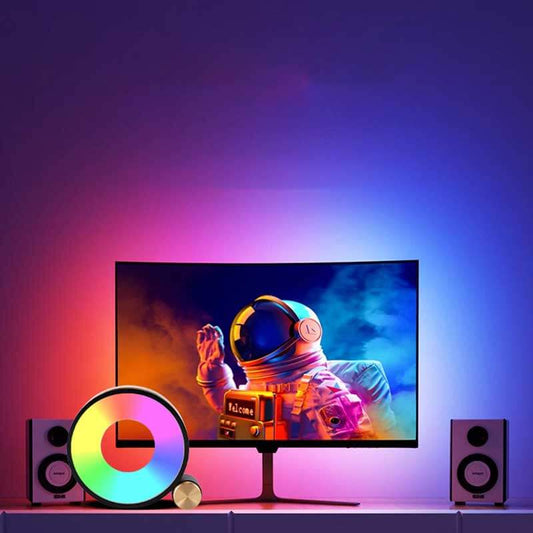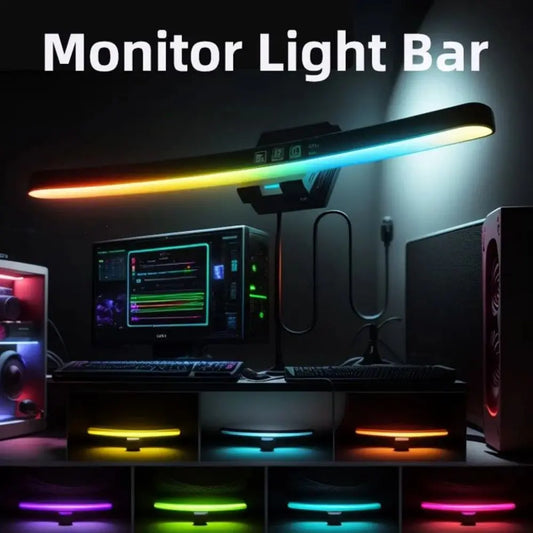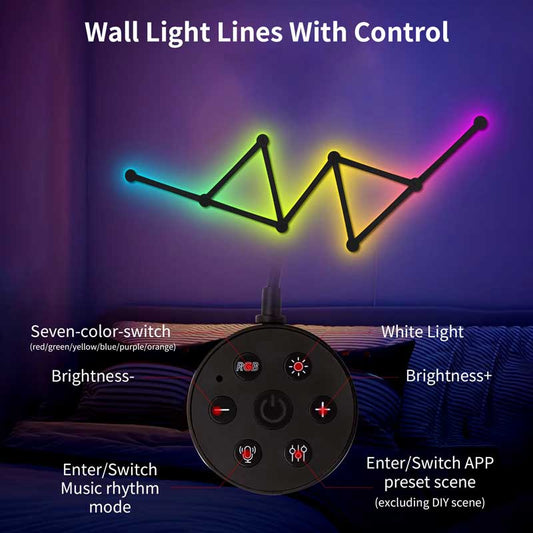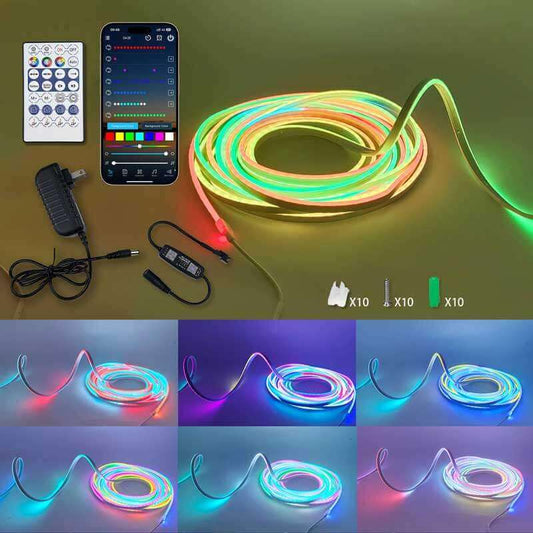Can birds be in a room with LED lights?
Share
Yes, birds can be in a room with LED lights, but there are a few important considerations to ensure their comfort and well-being.
1. Brightness and Intensity
- LED lights can sometimes be too bright or harsh for birds, especially if they are used to more natural lighting. Birds can be sensitive to bright light, which can cause stress or disrupt their sleep cycles.
- To avoid this, opt for dimmable LEDs or warm LED lights with a softer, less intense glow. Natural daylight LEDs (which mimic sunlight) can also be a good choice for daytime use, but make sure they’re not too bright.
2. Color Temperature
- LED lights come in various color temperatures (from cool white to warm white), and birds generally prefer warm light over cold, blue-toned light.
- Cool white LEDs (with a high color temperature) can emit a bluish light that might be too harsh for some birds, especially when used at night. Warm white LEDs (with a lower color temperature) are softer and closer to natural sunlight, which is generally more comfortable for birds.
3. UVB Light for Birds
- UVB light is crucial for many bird species to synthesize vitamin D and maintain healthy bones. While LED lights don’t provide UVB light, you can combine them with a UVB bulb designed for birds. These special bulbs can help provide the necessary UVB radiation, especially for pet birds kept indoors, who might not get enough natural sunlight.
- Full-spectrum lights specifically designed for birds can provide both light and UVB radiation, which can be beneficial for their health, particularly for species like parrots.
4. Nighttime Lighting
- At night, birds need darkness to regulate their circadian rhythms and get adequate sleep. If you're using LED lights at night, it’s essential to ensure they aren’t too bright or left on for long periods.
- Consider turning off the lights when your bird is ready for sleep, or use low-intensity night lights if you want a gentle glow. Dim red or orange lights are ideal for nighttime as they are less likely to disrupt their sleep.
5. Flicker and Flashing
- Some LED lights, especially lower-quality ones, can produce flickering, even if it’s not always visible to the human eye. Flickering lights can be stressful for birds and cause discomfort or anxiety.
- Ensure that the LEDs you choose are of high quality and flicker-free to avoid this issue.
6. Heat Generation
- Unlike traditional incandescent or halogen bulbs, LED lights don’t generate a lot of heat, which is generally a good thing for birds. Overheating can cause stress or health problems, especially if the bird is kept in a cage near a light source.
- However, it’s still important to ensure your bird’s living space remains at a comfortable temperature (ideally between 65°F-80°F or 18°C-27°C) and that the light isn’t placed too close to the bird.
7. Light Sensitivity
- Birds have more sensitive eyes than humans and can be very sensitive to artificial lighting. While LED lights are energy-efficient and long-lasting, it's important not to overexpose your bird to bright, direct light for extended periods.
Summary: Key Tips for Using LED Lights with Birds:
- Opt for warm, dimmable LED lights to create a more comfortable environment for your bird.
- Use UVB lights for birds that need exposure to UVB for health, but keep these on during the day and turn them off at night.
- Avoid harsh, cool white lights at night and ensure there’s enough darkness for your bird to sleep.
- Use flicker-free LED lights to avoid causing stress.
- Maintain a comfortable temperature in the room, as excessive heat can also be problematic for birds.
By choosing the right kind of LED lighting and being mindful of your bird's needs, you can create a safe, comfortable environment for them without compromising their health.




